Biological Anthro EXAM 3 UARK Delezene
1/86
There's no tags or description
Looks like no tags are added yet.
Name | Mastery | Learn | Test | Matching | Spaced |
|---|
No study sessions yet.
87 Terms
Taphonomy
the study of what happens to an individual after death
Geological Principle of Superposition
Low strata = older
High strata = younger
Fossil
the preserved remains, impressions, or traces of past organisms
Relative Dating
arranges geological events with the stratigraphy method (high or low strata), doesn't provide numerical dates
Absolute Dating
determination of objects based on measurable qualities (exact)
Radioisotopic Dating
Fossils and carbon are the same age in strata
What is a half-life?
the time radioactivity takes for an isotope to fall to half its value
How is the radioisotopic decay of isotopes used to "date" fossils?
by heating up the fossils to see how much carbon is in them because in one half life half the carbon will have decayed
If i tell you that the half life if 14C is 5730 and that a bone found in a cave has only 1/4 of the original 14C remaining, how old is the bone?
11,460
if it was asking for 1/8 = 17,190
1/16 = 22,920
1/32 = 28,650
How do we use changes in magnetic polarity to check the absolute dates assigned to fossils?
the higher the polarity the older it is
Depositional Enviroments
- Fluvia - rivers
- Lacustrine - lake deposit
- Caves - Blombos is the most important, associated with homo sapiens
- Karst Systems - a region made up of porous limestone containing deep fissures, caves, and streams
Cenozoic Era
Paleocene (65-54 MYA)
Eocene (54-34 MYA)
Oligocene (34-23 MYA)
Miocene (23-5.5 MYA)
Pliocene (5.5-1.8 MYA)
Pleistocene (1.8mya-10kya)
Holocene (10kya-today)
Adapids
Epoch: Eocene
Body size: small
Diet: frugivores & folivores
How does this niche differ from the omomyid niche? - adapids are small/medium primates who are arboreal quadrupeds that eat fruit and leaves
Omoyids
Epoch: Eocene
Body size: small
Diet: insectivores
Locomotion: swingers, brachiatting, vcl
Why are the considered "tarsier like"? - in skull composition
Oligocene Platyrrhines
in which epoch do we observe the earliest platyrrhines in s. america? - OLIGOCENE
where do we find extinct platyrrhines-like primates outside of s. america? - THE FAYUM, EGYPT
what other mammals appear in s. america at the same time as platyrrhine primates? - BRANISELLE (earliest platyrrhine)
Eocene Anthropoids: EOSIMIAS
where are they found? - CHINA
epoch: EOCENE
Where is the Fayum geographically?
Egypt
How diverse taxonomically are the Fayum anthropoids?
Aegyptopithecus and other early catarrhines
Locomotion of Aegyptopithecus
arboreal quadruped
What molar type to hominoids have?
5 point
In which epoch is hominoid taxonomic diversity highest?
miocene
During the miocene, where are hominoid found geographically?
africa
When did hominoid diversity decline?
mid-miocene
Describe the locomotor diversity of miocene hominoiods
suspensory, arboreal and terrestrial quadrupeds
Describe the dietary diversity of miocene hominoids
fruits, leaves, insects, seeds, meat
Describe the body size diversity of miocene hominoids
small-large
1) What were africa and asian primate communities like in the miocene?
2) What about today?
1) more apes than monkey species
2) more monkeys than ape species
What are two factors that are hypothesized to explain the loss of hominoid diversity in late miocene?
1) as global cooling restricted forest environments towards the tropic, ape distribution shrank too
2) in more open habitats, apes were unable to compete (old world monkeys)
How do differ from apes?
we are bipedal
small canines (nondimorphic)
non honing canines
big brains
broad dietary niche that includes meat
we acquire and process our food with tools
nondivergent toe
valgus knee
anterior foramen magnum
Morphological correlates of bipedalism
foramen magnum position
spine curvature
pelvis
knee
foot shape/function
Foramen Magnum position
biped - anterior
quadruped - posterior
How does the foramen magnum position influence the location of the spine in relation to the cranium?
if you're a biped your spine will be placed vertically up and horizontal if you're a quadrupedal
Curvature of the spine
Bipeds have THREE
- cervical lordosis
- thoracic kyphosis
- lumbar lordosis
Quadrups have ONE
- thoracic kyphosis
In what direction does a lordotic curve bend?
inward
Without these curves, which way would a biped tend to fall over?
EVERYWHERE - right, left, forward, backward
Why do chimps stand and walk bipedally with a bent hip, bent knee posture?
- no valgus knee
- doesn't have either lordosis curves
Biped pelvis
Sagittally rotated, short and wide
Quadruped pelvis
Coronal, long and tall
Biped maximus
positioned behind the hip, which allows it, along with the hamstrings, to extend to the thigh, pulling it to the rear during walking/running and they provide more force
Quadruped maximus
positioned to the side of the hip and functions to pull the thigh to the side and away from the body
Quadruped glute muscles
extensors
Biped glute muscles
stabilizers
How does changing the shape of the ilium change the function of the gluteal muscles?
alterations to the ilium, repositioned the attachments of several key muscles and changing their mechanical function
In a biped, the gluteal muscles prevent us from falling in which direction relative to the unsupported food?
falling over relative to the unsupported foot
Valgus
presence of bicondylar angle and femur is inward
Valgus vs Straight
valgus (biped)
straight (quadrup)
Big toe
hallux
In line with other toes or divergent
non divergent in bipeds so toes are parallel to each other and the toe can not move
divergent in quadrupeds so the toe is movable (like our thumb)
how does a human "toe off"
start with a heel strike, followed by a toe off
what is a divergent toe used for
grasping and shock absorbers
canine nonhoning complex
(diastema) space between 2 teeth to accommodate large canines (not in humans)
sectorial/honing premolar
lower mandibular premolar that is used to sharpen upper canine
which three teeth comprise the canine honing complex in extant apes?
maxillary canine, mandibular canine, sectorial premolar
pregnancy/birth
267 days
infancy
period up to weaning, all mammals are dependent on their mothers for food until they are weaned
childhood
when weaned, lose dependency on mom for food
juvenility
first eruption of permanent teeth, specifically your first molar
adolescence
starts when the body is capable of reproduction (sexual maturity)
adulthood
starts around 18, until you die
menarche
first menstruation in females
menopause
early senescence of female reproductive organs, no ovulation=no pregnancy
weaning
not depending on your mother for nutrition (when you stop breast feeding)
sexual maturity
when your body is capable of reproduction
puberty
sexual/physical changes such as voices, breast, etc
physical maturity
growth spurt
senescence
aging of an organ system
lactational ammenorhea
can't get pregnant when nursing
interbirth interval
period of time between births
why would the earliest hominin have looked very ape like
there weren't as many derived traits, all we had were apes
allopatric speciation
populations become more isolated from each other
what role does gene flow play in speciation?
lack of gene flow leads to divergence, accumulation of reproductive isolation mechanism, and eventually speciation
what evolutionary scenario was envisioned by early thinkers that linked brain size, canine size, diet, locomotion, and tool use?
human evolution
which feature was expected to appear first and drive the evolution of the remaining features?
big brains
Kenya
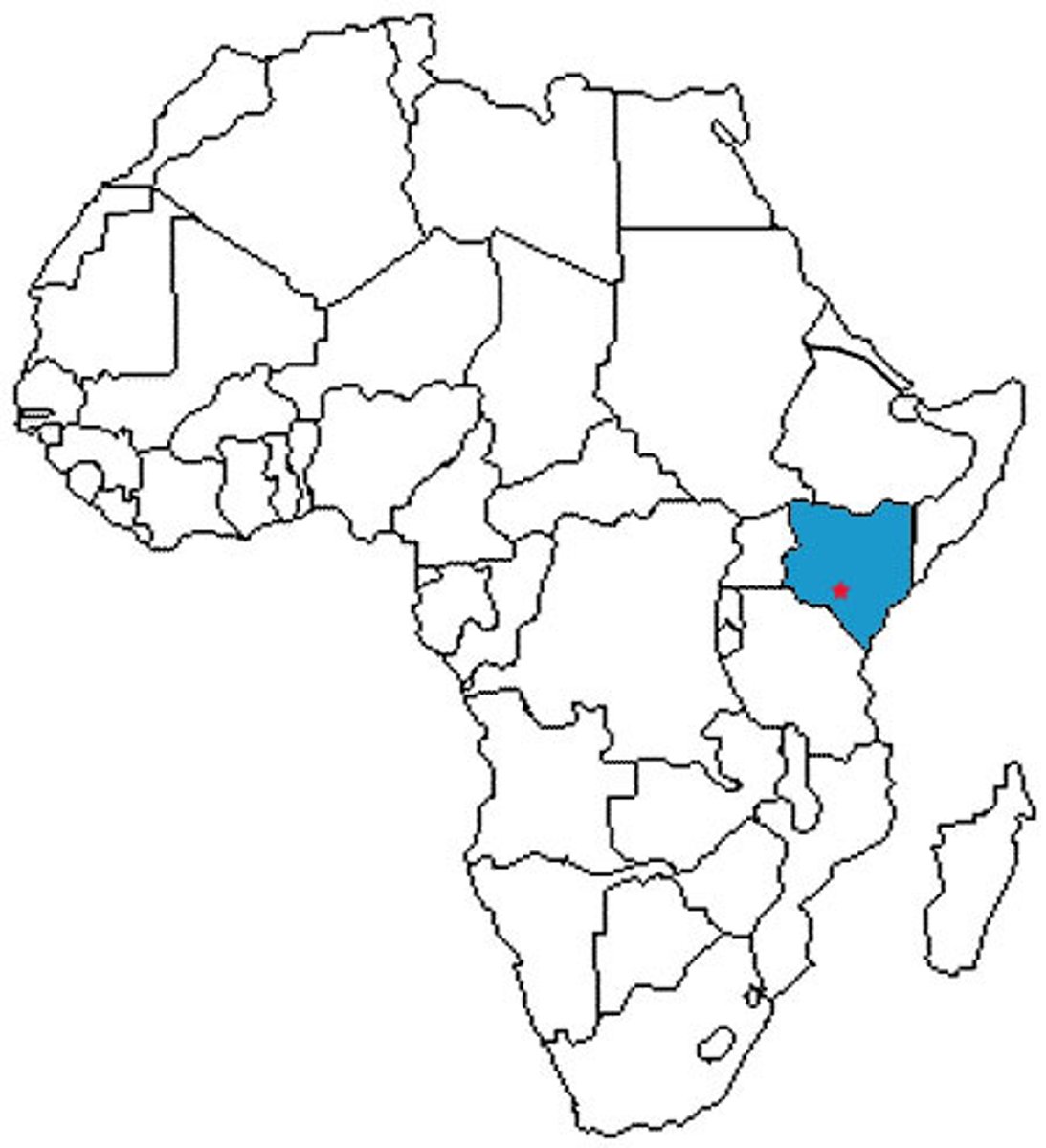
Ethiopia
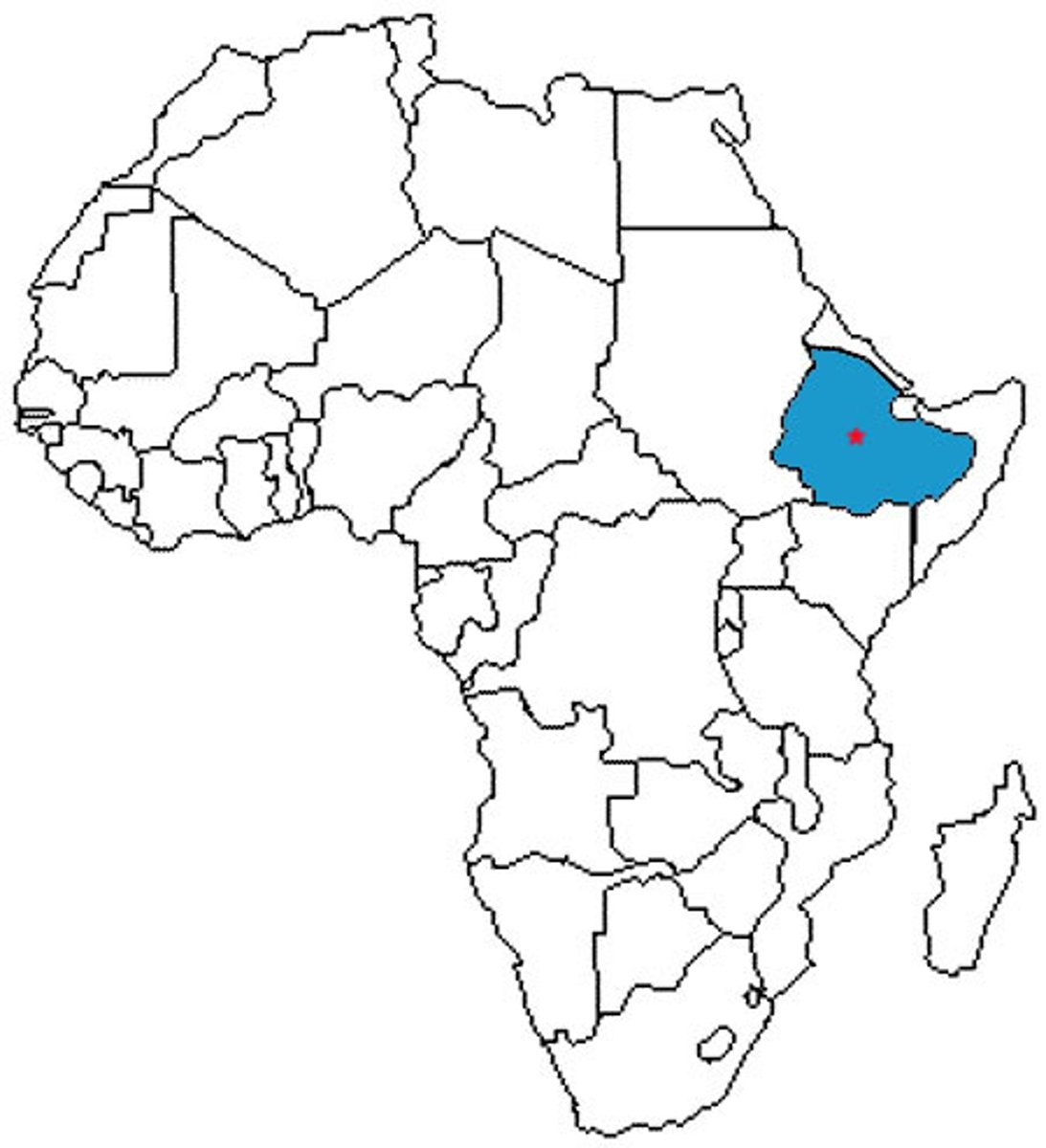
South Africa
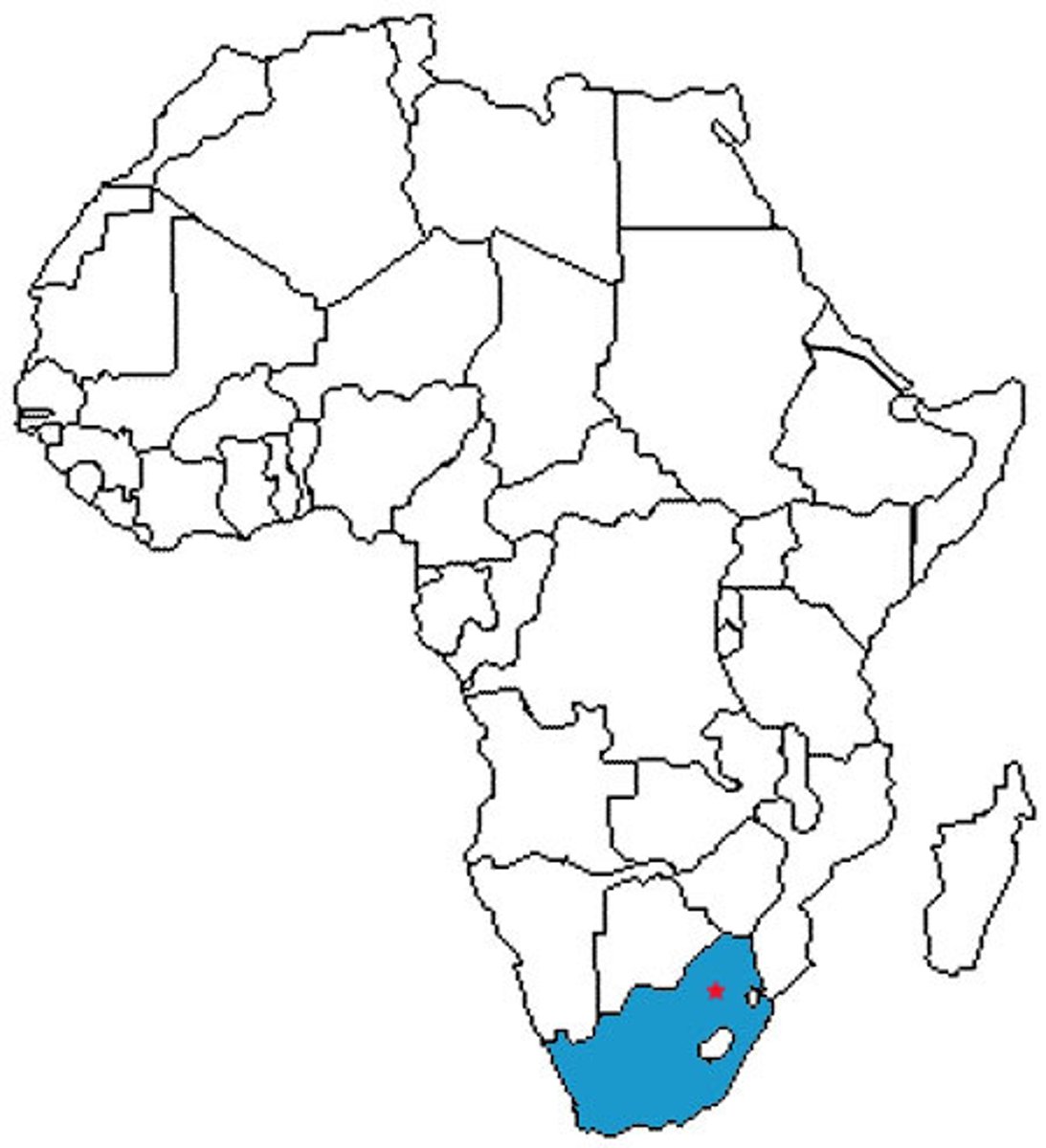
Tanzania
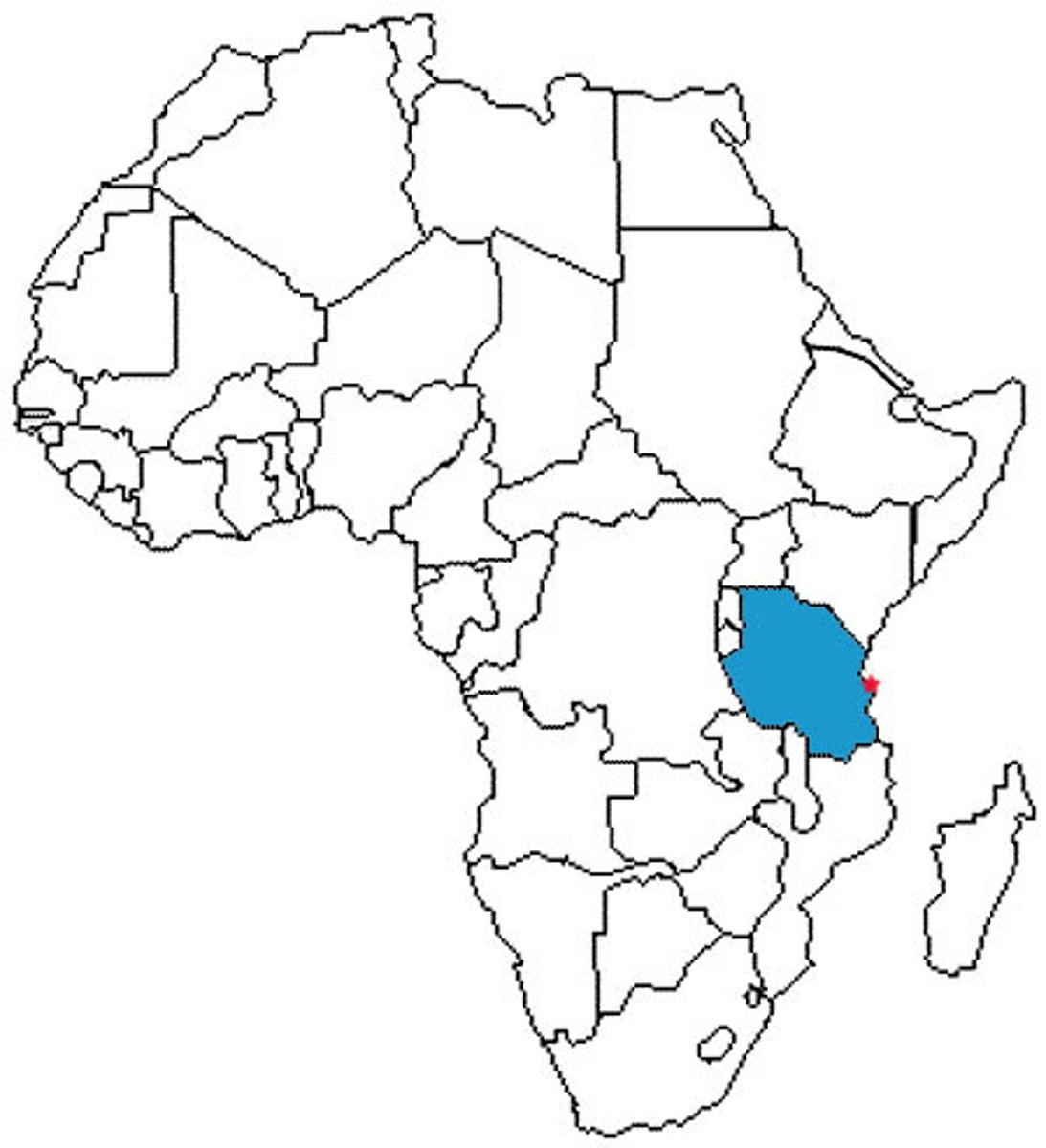
Chad
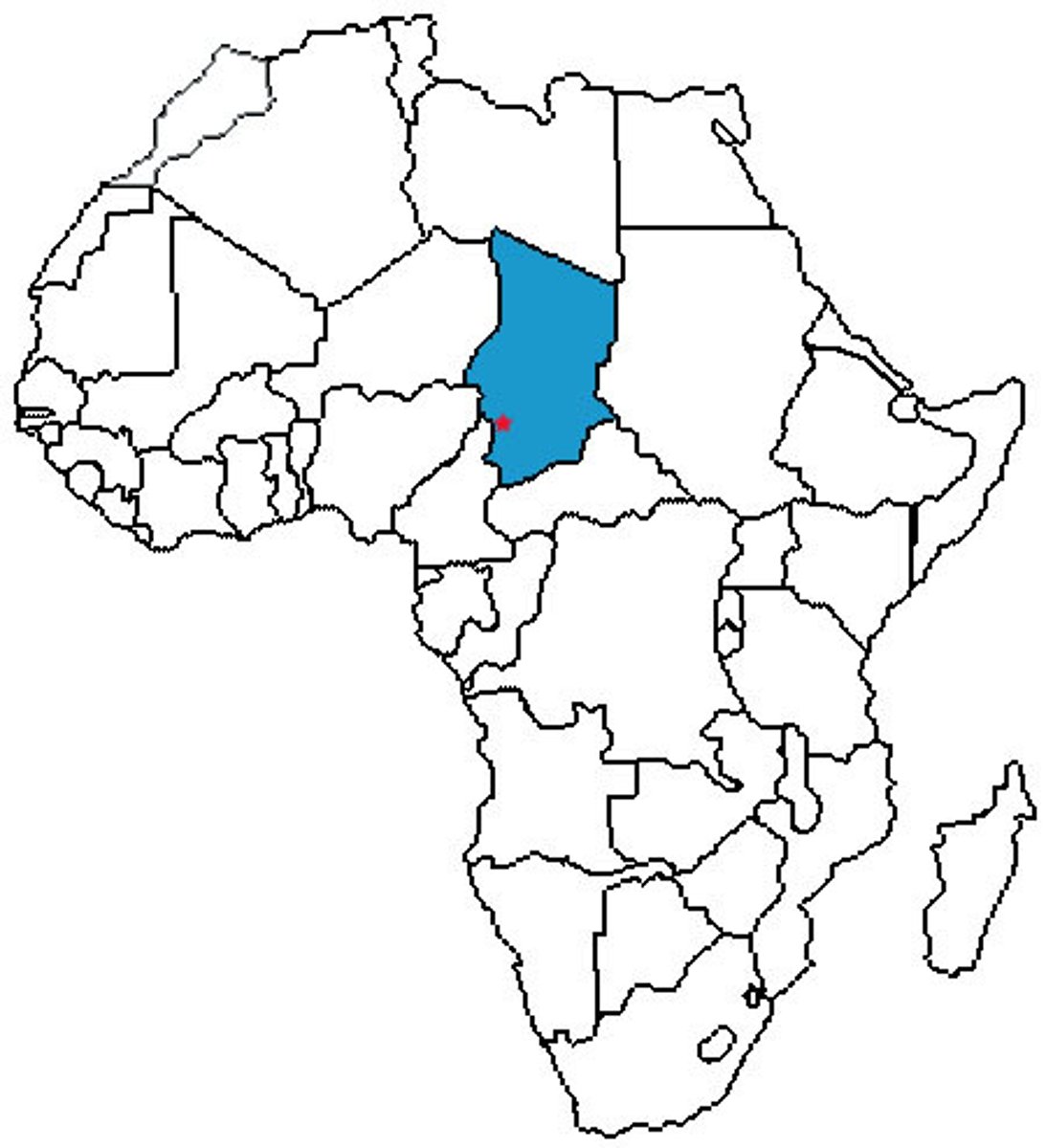
African Rift Valley
what is the african rift valley? - crack in the earths crust from Lebanon to Mozambique, divides Kenya in 2 sections - rich in fossils that allow study of human evolution
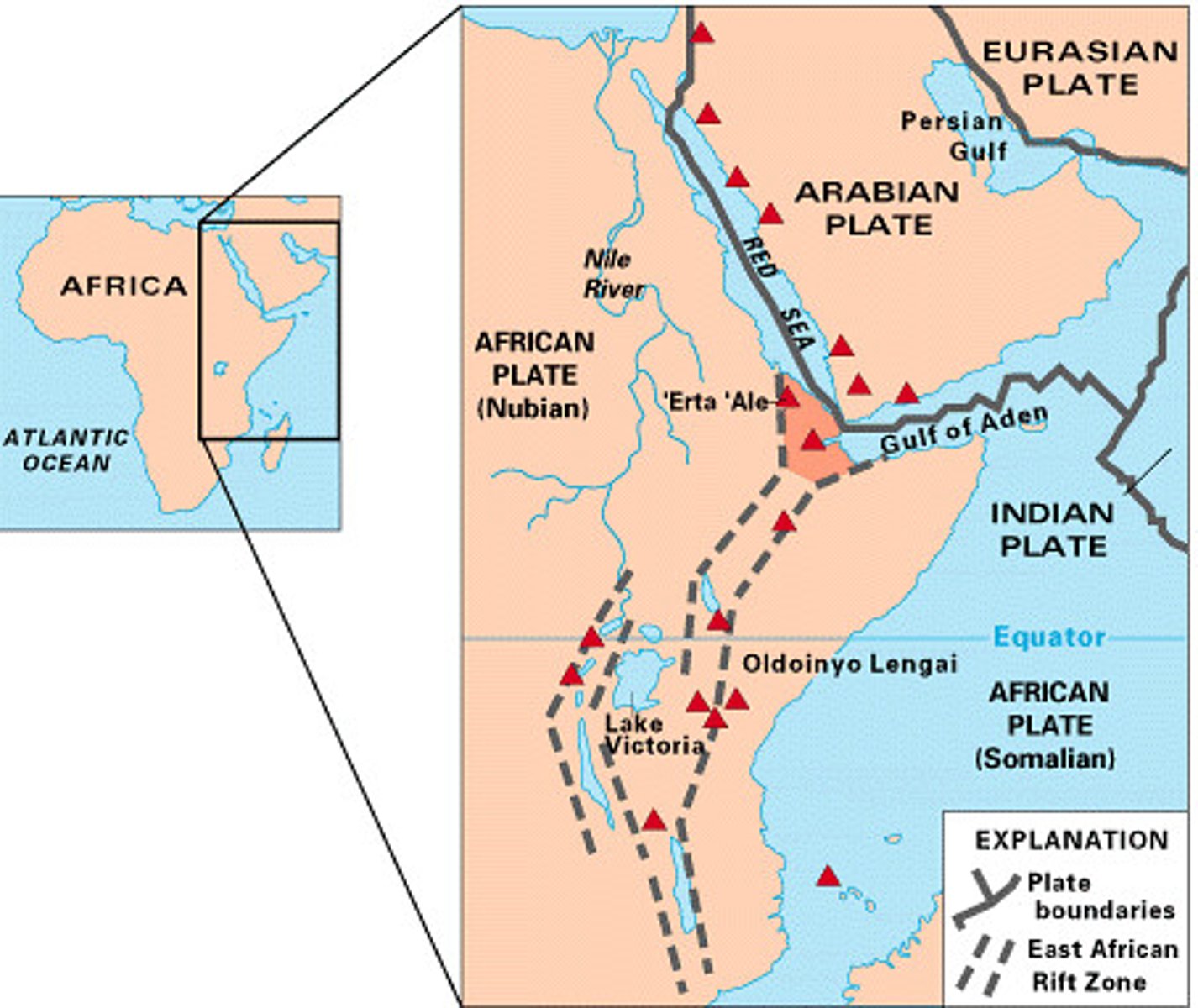
Hadar
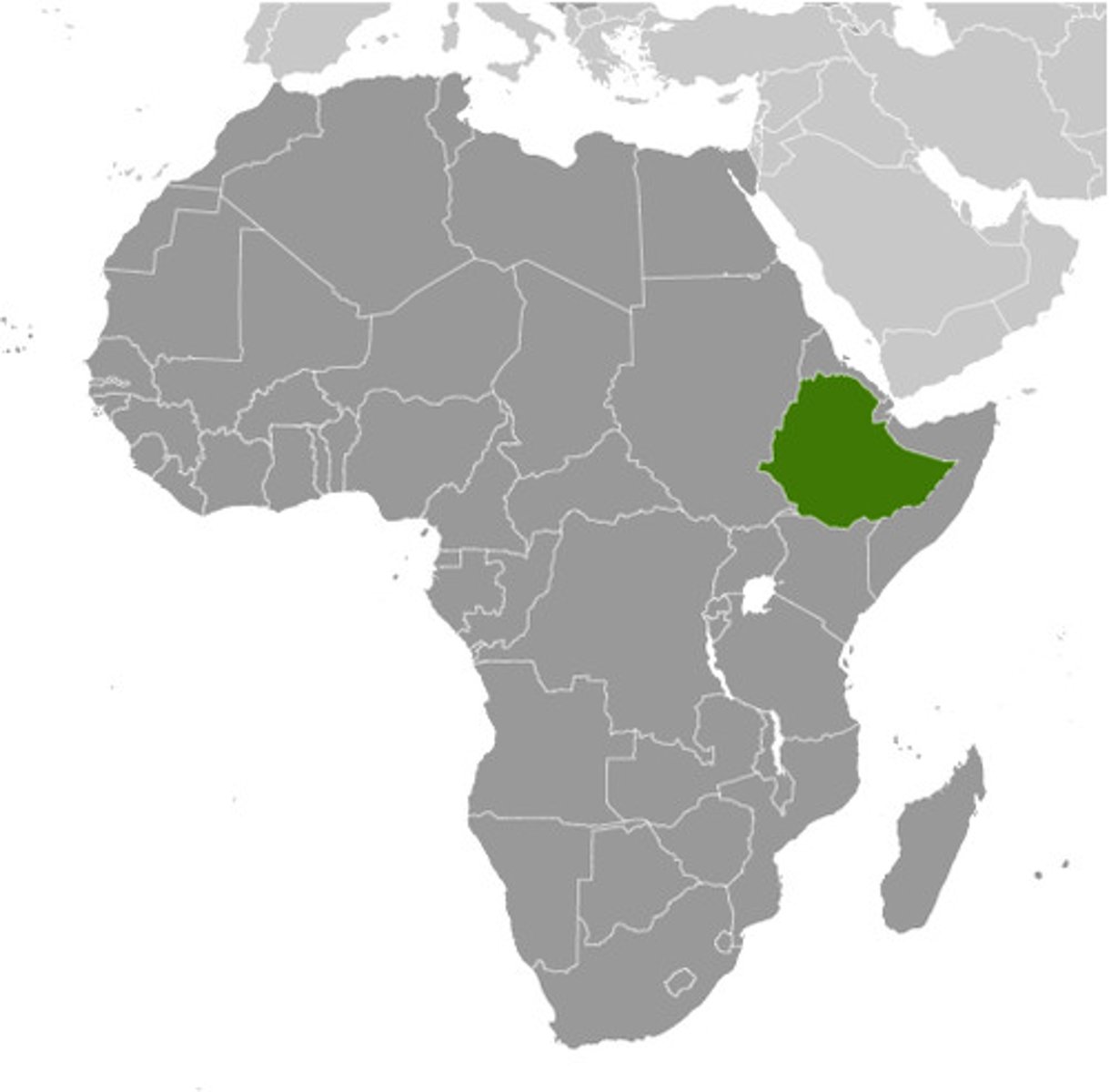
Laetoli
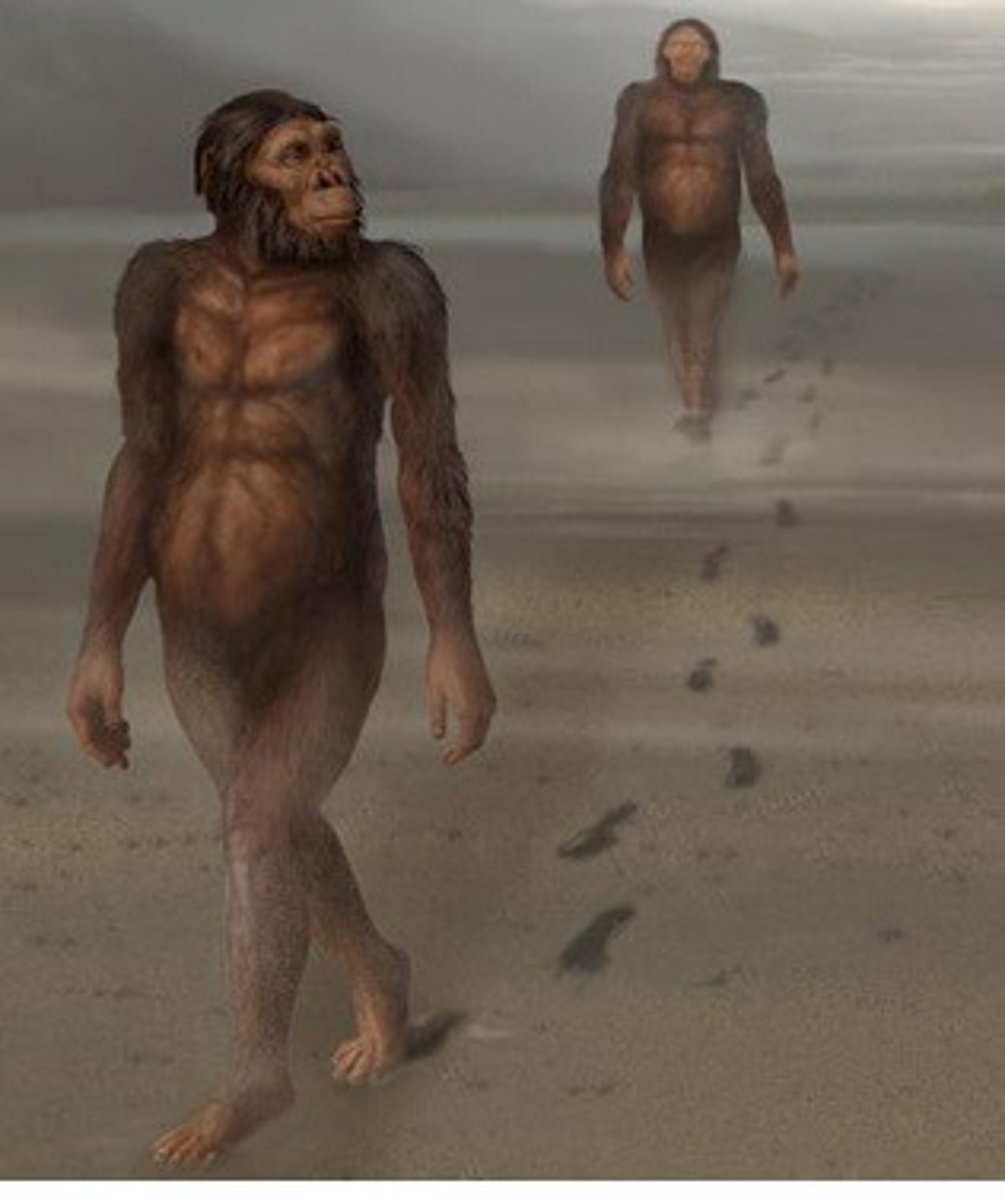
Afar Triangle
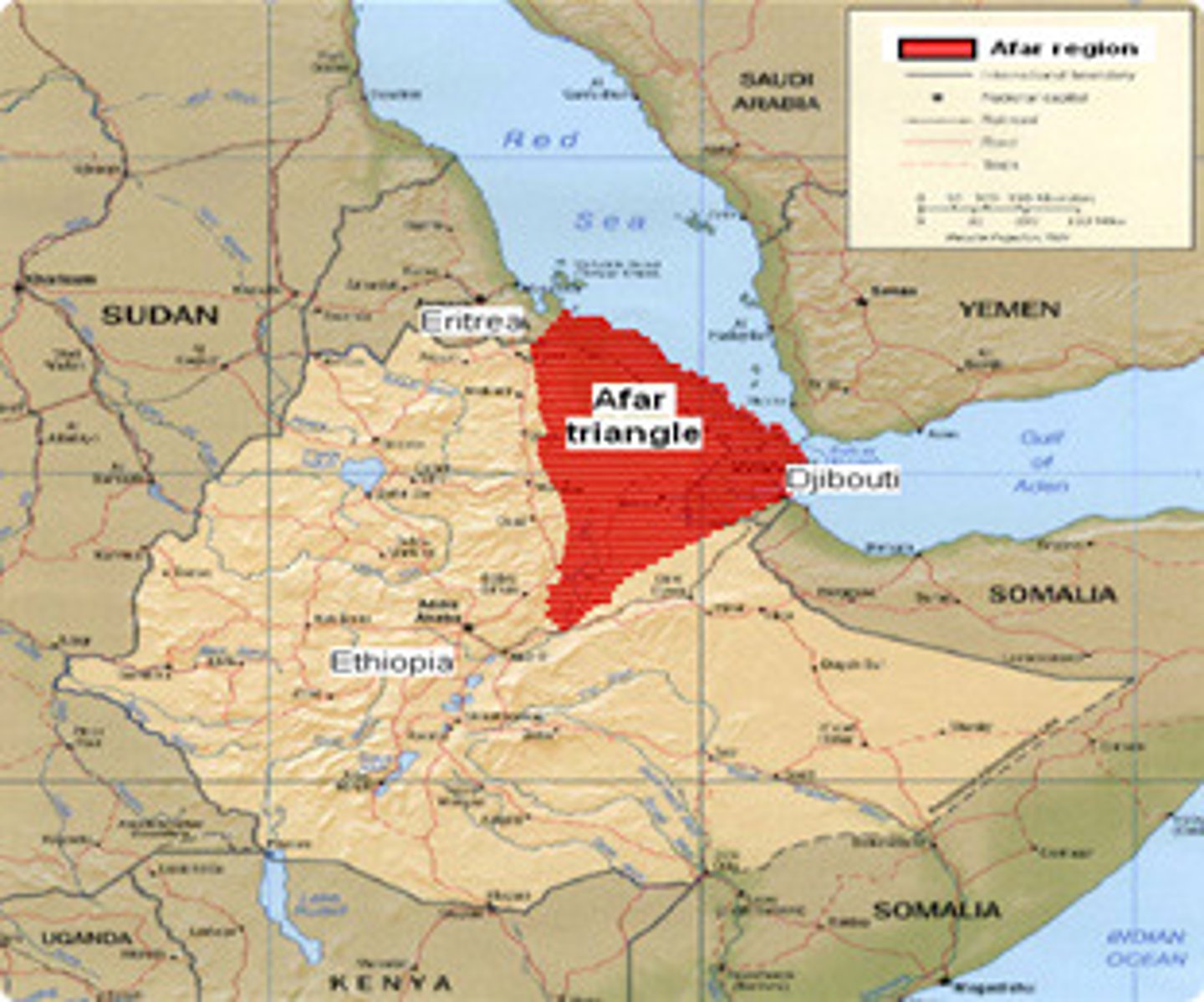
Lake Turkana
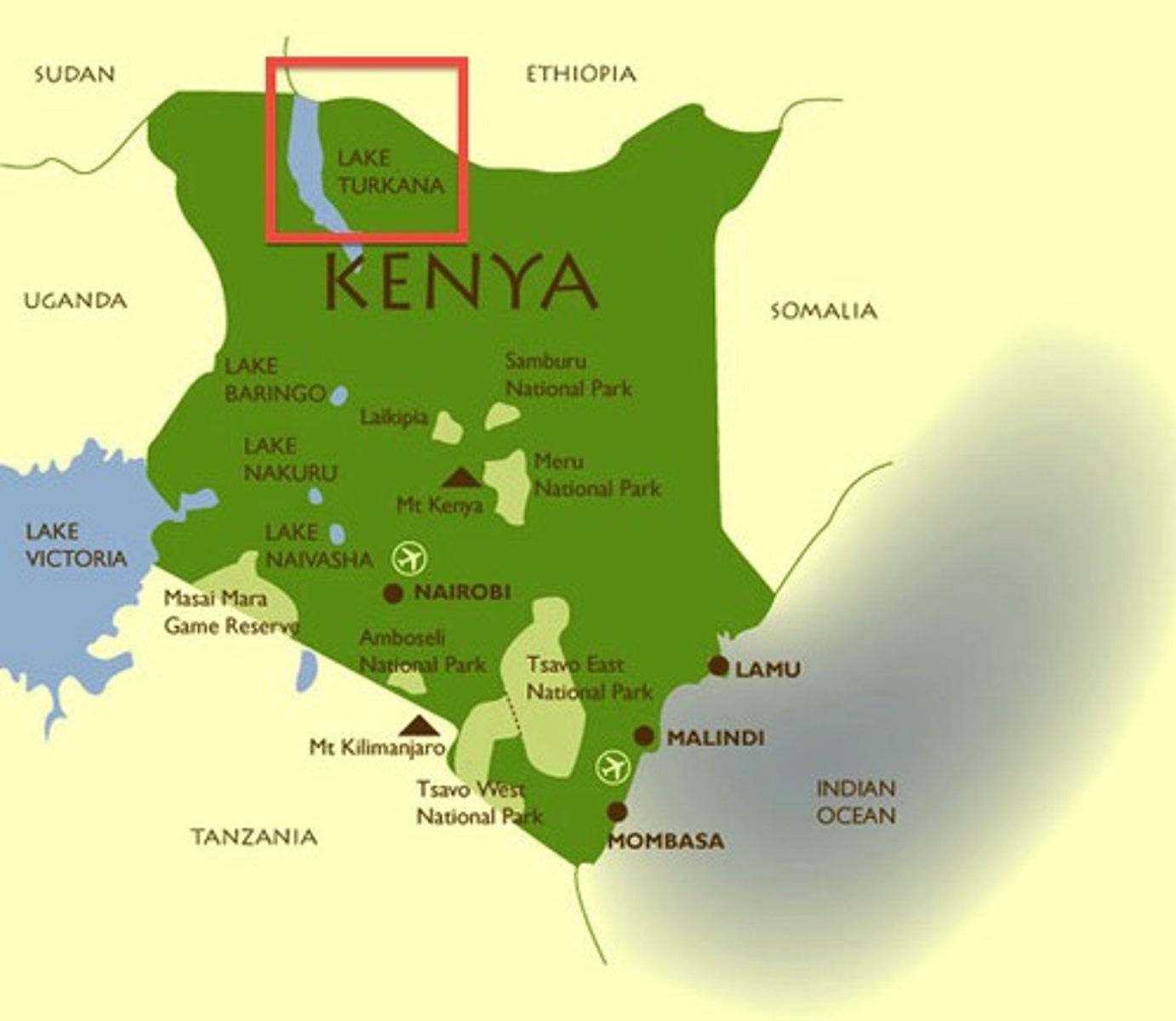
Sahelanthropus tchadensis
area of discovery: southern chad
age: 7 MYA
discoverer(s): Michael Brunet
Name meaning: Sahara human from Chad
why it may be hominin: foramen magnum may be forwardly placed, small unsharp canines
why it may not be hominin: small cranial capacity, large brow ridge prominence, post canine teeth enamel, thich supraorbital torus
Orrorin tugenensis
area of discovery: Tugen Hills, Kenya
age: 6 MYA
discoverer(s): Martin Pickford and Brigette Senut
name meaning: first human
why it may be hominin: shape of femur head, canine not large and not honed, post canine are argued to be thickly enameled
why it may not be hominin: no distal end of femur, limited sample size
Ardipithecus ramidus
area of discovery: Afar triangle of Ethiopia
age: 4.4 MYA
discoverer: tim white
name meaning: ground ape
why it may be hominin: anterior foramen magnum, less facial prognathism, no knuckle walking, bipedal pelvis
why it may not be hominin: grasping feet with divergent hallux
Australopithecus Afarensis (pliocene hominins)
area of discovery: Hadar, Ethiopia, Laotoli
discoverer(s): Don Johanson, Mary Leakey
age: 2.9-3.7 MYA
chimp like cranial morphology
small brain
very high sexual dismorphism
reduced nonhoning canines